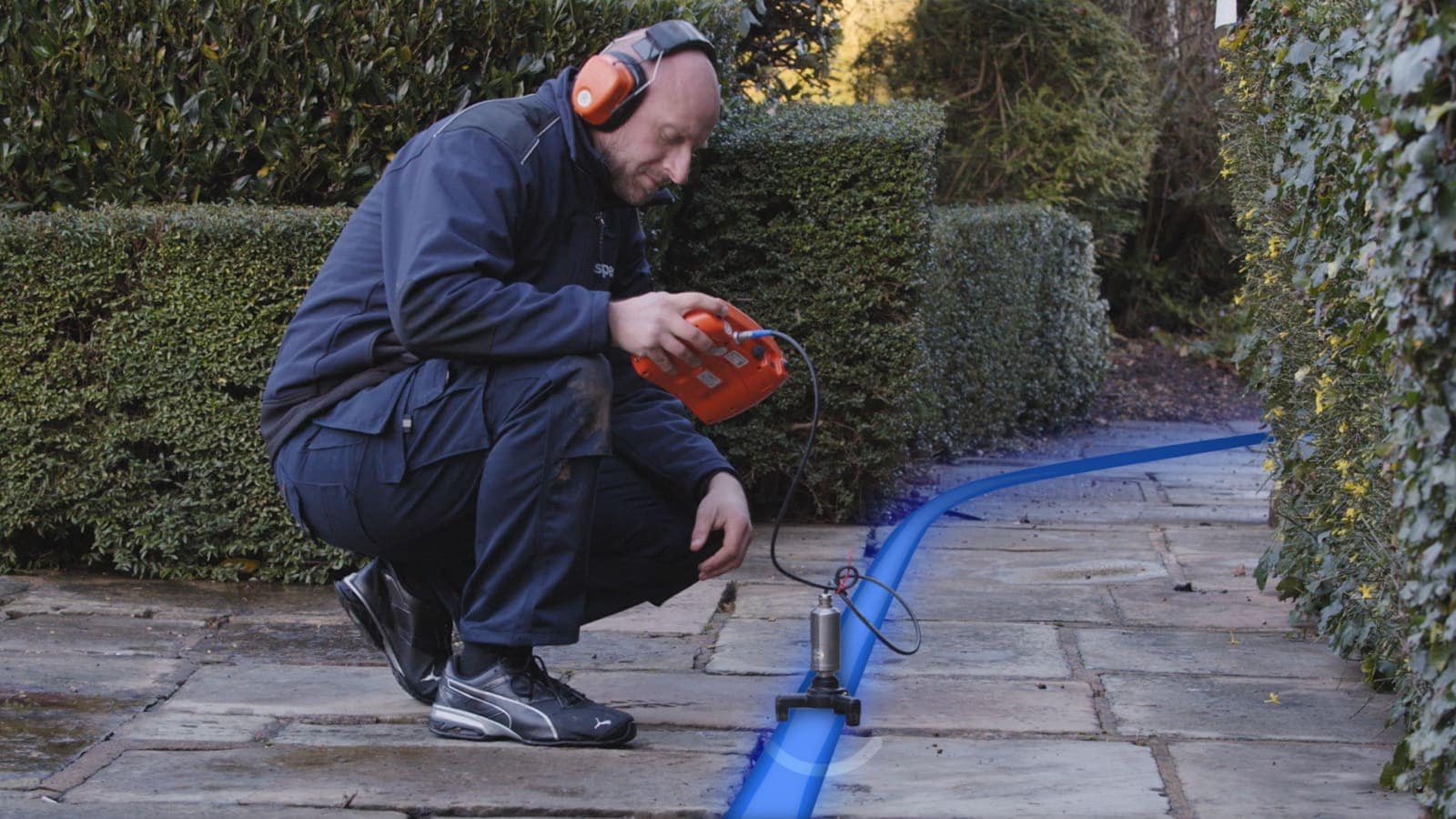Discover Reliable Water Leak Detection Providers for Accurate and Fast Outcomes
Discover Reliable Water Leak Detection Providers for Accurate and Fast Outcomes
Blog Article
Innovative Solutions for Early Discovery of Water Leakages in Buildings and Facilities
As the integrity of structures and facilities is paramount, the challenge of early discovery of water leakages has actually spurred cutting-edge services that assure to change the way we guard against possible damages. From innovative leak detection technologies to the implementation of IoT sensing units for real-time monitoring, the landscape of leakage avoidance is developing swiftly. Artificial intelligence algorithms use a glimpse into the future of leakage forecast, while thermal imaging presents a non-intrusive method for pinpointing surprise leaks. Automated water circulation evaluation systems are improving how leaks are identified and attended to, leading the way for an aggressive method to water leakage discovery. Each of these services holds the crucial to making certain the dependability and durability of our constructed environment, prompting a shift in the direction of a more lasting and efficient future.
Advanced Leakage Discovery Technologies
Advanced leakage discovery modern technologies, equipped with cutting-edge sensors and algorithms, play an important function in quickly identifying and pinpointing water leakages in numerous setups. These modern technologies employ a mix of acoustic, thermal, and electro-magnetic noticing methods to spot leaks accurately. Acoustic sensing units detect the sound of leaving water, enabling for accurate localization of the leak resource. Thermal imaging finds temperature level changes created by water leak, giving an additional reliable technique for leak recognition. Electro-magnetic sensors can identify adjustments in electro-magnetic fields brought on by water, using yet one more layer of leakage detection ability.

IoT Sensors for Real-Time Tracking
In the world of modern water leak discovery, the assimilation of IoT sensing units for real-time monitoring represents a crucial advancement in improving aggressive leakage detection abilities. These sensors offer continuous tracking of water supply, giving real-time data on water flow rates, pressure variants, and temperature level changes. By leveraging IoT technology, these sensors can find also the tiniest anomalies in water usage patterns, allowing early identification of prospective leakages prior to they rise right into significant issues.
IoT sensors transmit data to a centralized platform, where advanced algorithms analyze the information and produce informs or notices when abnormalities are identified. This real-time surveillance capacity permits home proprietors or center managers to quickly deal with leaks, minimizing water click to read damages, lowering fixing prices, and preserving water sources.
Moreover, IoT sensing units can be integrated with building monitoring systems, enabling automatic reactions to discovered leakages, such as turning off water valves or turning on pumps to alleviate the effect of leaks. On the whole, the execution of IoT sensors for real-time monitoring significantly boosts the effectiveness and effectiveness of water leakage discovery in buildings and framework.
Maker Discovering Algorithms for Leak Forecast

One key advantage of making use of equipment discovering for leak forecast is its ability to continuously learn and boost its precision with time. As even more information is accumulated and fed into the algorithm, it can improve its predictions and adjust to transforming conditions, ultimately raising the dependability of leak discovery systems.
Furthermore, machine understanding algorithms can help in recognizing refined signs of leakages that may go undetected by standard monitoring approaches. water leak detection. By evaluating complicated information embed in real-time, these formulas can offer very early warnings and signals, permitting punctual treatment and preventative maintenance to mitigate prospective water damages and connected prices
Utilizing Thermal Imaging for Leakage Discovery
Thermal imaging innovation uses a promising technique for spotting water leaks in different systems and frameworks. By making use of infrared radiation and temperature level variances, thermal imaging cams can identify hidden leaks that are not easily visible to the naked eye.
One of the essential advantages of thermal imaging for leakage detection is its non-intrusive nature. Generally, the usage of thermal imaging technology boosts the performance and accuracy of water leakage discovery, making it a useful tool for maintaining the honesty of buildings and infrastructures.
Automated Water Circulation Analysis Solutions
How can automated water circulation analysis systems change the detection and monitoring view it of leakages in various systems and facilities? Automated water flow evaluation systems use a proactive strategy to leak detection by constantly keeping an eye on water flow rates and patterns. By developing baseline information, these systems can rapidly recognize variances that may show a leak, allowing prompt intervention to stop substantial damage.
These systems use innovative algorithms to assess real-time data and supply immediate notifies when abnormalities are discovered, permitting for swift activity to be taken. Additionally, automatic water circulation evaluation systems can be integrated with building administration systems or IoT systems, other enhancing general efficiency and enabling remote surveillance capabilities.
Additionally, the data gathered by these systems can be utilized for predictive maintenance functions, assisting to identify potential powerlessness in the infrastructure before leaks occur. Overall, the execution of computerized water circulation evaluation systems can dramatically boost leakage detection and administration practices, ultimately resulting in cost financial savings, reduced water wastage, and raised sustainability in structures and framework.

Conclusion
To conclude, the combination of innovative leakage discovery technologies, IoT sensors, artificial intelligence formulas, thermal imaging, and automated water flow evaluation systems supplies ingenious options for early detection of water leaks in buildings and infrastructure. These technologies allow real-time tracking, prediction of leaks, and efficient detection approaches to stop water damages and wastefulness. Applying these remedies can aid in keeping the stability and sustainability of water supply in different settings.
Report this page